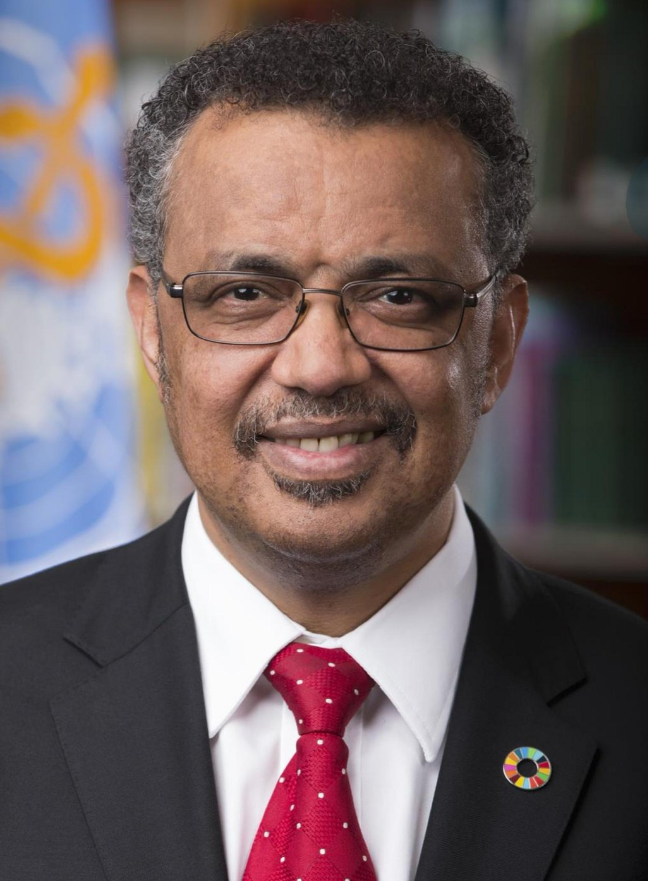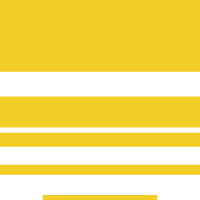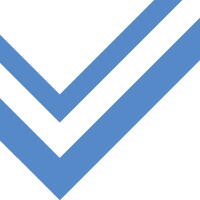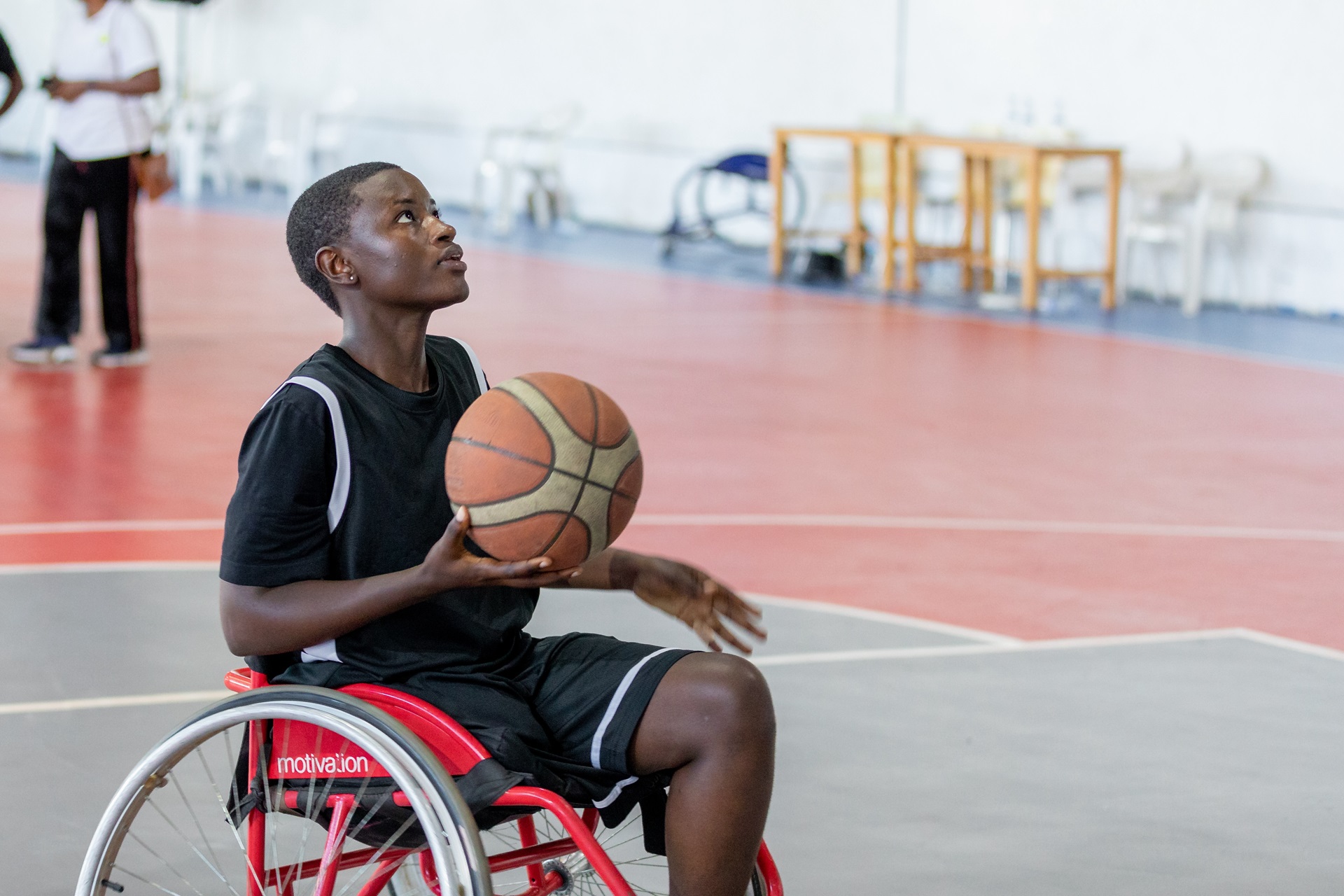
2024 Progress report on the Global Action Plan for Healthy Lives and Well-being for All
Aligning for country impact


“Progress towards meeting the health-related targets of the 2030 SDGs is only about one-third of what is needed. The SDG3 GAP is founded on the idea that stronger collaboration between multilateral agencies can help us get back on track. This report takes stock of achievements and lessons learned during these years and provides directions for how SDG3 GAP should evolve going forward in our joint efforts for better health for all.”
- Dr Tedros Adhanom Ghebreyesus, Director-General, WHO
2024 progress report on the Global Action Plan for...
Executive summary
This fifth annual progress report for the SDG3 GAP focuses on enhanced alignment among signatory agencies and with countries to strengthen health systems at country level. It describes actions taken to implement the recommendations in last year’s report and also describes governments’ perceptions of alignment and collaborations at country level, highlighting persistent challenges. There is a strong demand from countries for development partners to strengthen their alignment with national plans, especially national health-sector strategies and national planning and coordination mechanisms.
Today more than ever, the signatory agencies recognize that stronger collaboration for better health remains critically important, especially as only about one-third of health-related SDG targets are on track, in a world of competing crises and increasingly constrained resources. Weak incentives for collaboration have so far prevented transformational change in how development partners work together. There is limited capacity in existing accountability mechanisms, including governing bodies of signatory agencies, to focus on collaboration across the broader health ecosystem. At the same time, successes achieved in the five years of the SDG3 GAP, point to the enormous potential of what is possible when the right leadership is in place in both countries and agencies.
In 2024, the SDG3 GAP approach has been used in 69 countries. Collaborations at country level have increased, sometimes supported by the global accelerators, for example primary health care and sustainable financing, especially where there is strong country-level leadership. The conclusion of the Future of Global Health Initiatives Process at the end of 2023, which captures consensus around five key shifts for the long term evolution of global health initiatives, known as the 'Lusaka Agenda', provides a path towards a joint, long-term vision of domestically financed health systems and Universal Health Coverage. SDG3 GAP partners support alignment with and across other health-related initiatives, partnerships, and strategies and need to evolve with emerging agendas.
In anticipation of the findings of the joint independent evaluation of the SDG3 GAP, expected in September 2024, and recognizing other emerging agendas, the present progress report contributes to the basis for further discussions among the 13 signatory agencies, on how to further improve the alignment and collaboration across multilateral health, development and humanitarian agencies to achieve progress towards the health-related SDGs. This could include substantially rethinking approaches taken, both inside the scope of SDG3 GAP, and outside of it.
Country case studies
Some of the wide-ranging forms of collaboration among agencies and other development partners, and with countries, are showcased in country case studies, developed by signatory agencies’ country teams for the SDG3 GAP online platform. The case studies illustrate how the commitment to closer collaboration is being adapted and translated into reality at country level, in the context of national priorities.
Monitoring framework
The SDG3 GAP’s monitoring framework is a recurring and formalized government feedback process, which contributes to agencies’ discussions at country level on how to improve their alignment, and where input from regional and global level stakeholders might be helpful. As part of the SDG3 GAP’s Improvement Cycle on Health in the Multilateral System, it is an approach that amplifies country voices and views.
The 2024 monitoring framework report provides an analysis of this year’s round government feedback. Countries have indicated areas of successful coordination as well as challenges in collaboration. Importantly, they have identified specific challenges to collaboration and coordination, including:
- Agencies’ prioritizing their own agendas and mandates.
- Inadequate levels of funding.
- The ways in which agencies provide agency funding is not aligned with national budget cycles.
Accelerate

The SDG3 GAP accelerators, all with a commitment to gender equality, were created to focus collaboration among partner agencies on programmatic areas crucial to accelerating progress on the health-related SDGs. Collaborations at country level have increased, sometimes supported by the global accelerators, for example primary health care and sustainable financing, especially where there is strong country-level leadership and greater cross-accelerator collaboration.
In the past year, multiple collaborations and greater synergies among SDG3 GAP signatory agencies at country level have resulted in greater country impact, for example, the Primary Health Care accelerator is focusing on 20 priority countries to support their delivery of a comprehensive package of essential health services and contribute to universal health care, through a primary health-care approach. Another example is the work of the Sustainable Financing for Health accelerator, which has provided a platform for partners to provide inputs into the Future of Global Health Initiatives process and the commitments laid out in the Lusaka Agenda (2023). It is providing a range of pooled or co-financed operations in countries and has identified some key issues and lessons learned from their joint financing of health-systems strengthening in low- and middle-income countries.
Align

There is a strong demand from countries for development partners to strengthen their alignment with national plans and strategies – for example, around primary health care-based health strategies – and to focus on countries and population groups that are furthest behind. Areas that countries consider need major improvement are to align funding with integrated country strategies, priorities and technical support. A recurring request from countries is in the area of aligning funding with country priorities and planning cycles.
Work under the SDG3 GAP aspires to underpin alignment among other initiatives, partnerships and collaborations. SDG3 GAP partners support alignment with and across other existing and emerging health-related initiatives, partnerships, and strategies, including the Lusaka Agenda, Gavi’s "6.0 Health Systems Strategy" (to be finalized in June 2024), the World Bank's Evolution Roadmap, WHO's 14th Global Program of Work (to be adopted at the 77th World Health Assembly in May 2024), UHC2023, H6/Every Woman, Every Child, and the Health Data Collaborative.
Account

Under SDG3 GAP’s commitment to be accountable to countries, the SDG3 GAP has:
- Obtained government feedback on perceptions of agencies’ collaboration and alignment in both 2021-22 and 2023-24
- Progressed on the recommendations made in the 2023 report, and
- Begun the joint Independent Evaluation of the SDG3 GAP, which will release its findings in late 2024.
The limited capacity of agencies’ accountability mechanisms to focus on collaboration across the broader health ecosystem is a key challenge, exacerbated by the cost of collaboration.
Towards the future of the SDG3 GAP
Later in 2024, the results of the joint independent evaluation of the SDG3 GAP, along with five years of progress reporting summarized in this 2024 SDG3 GAP progress report, will give signatory agencies a solid basis for taking stock and rethinking our cooperative efforts to reaching the health-related SDGs.

Read the full report and 2024 monitoring framework report.
Send questions or feedback on the report to: SDG3_Secretariat@who.int



